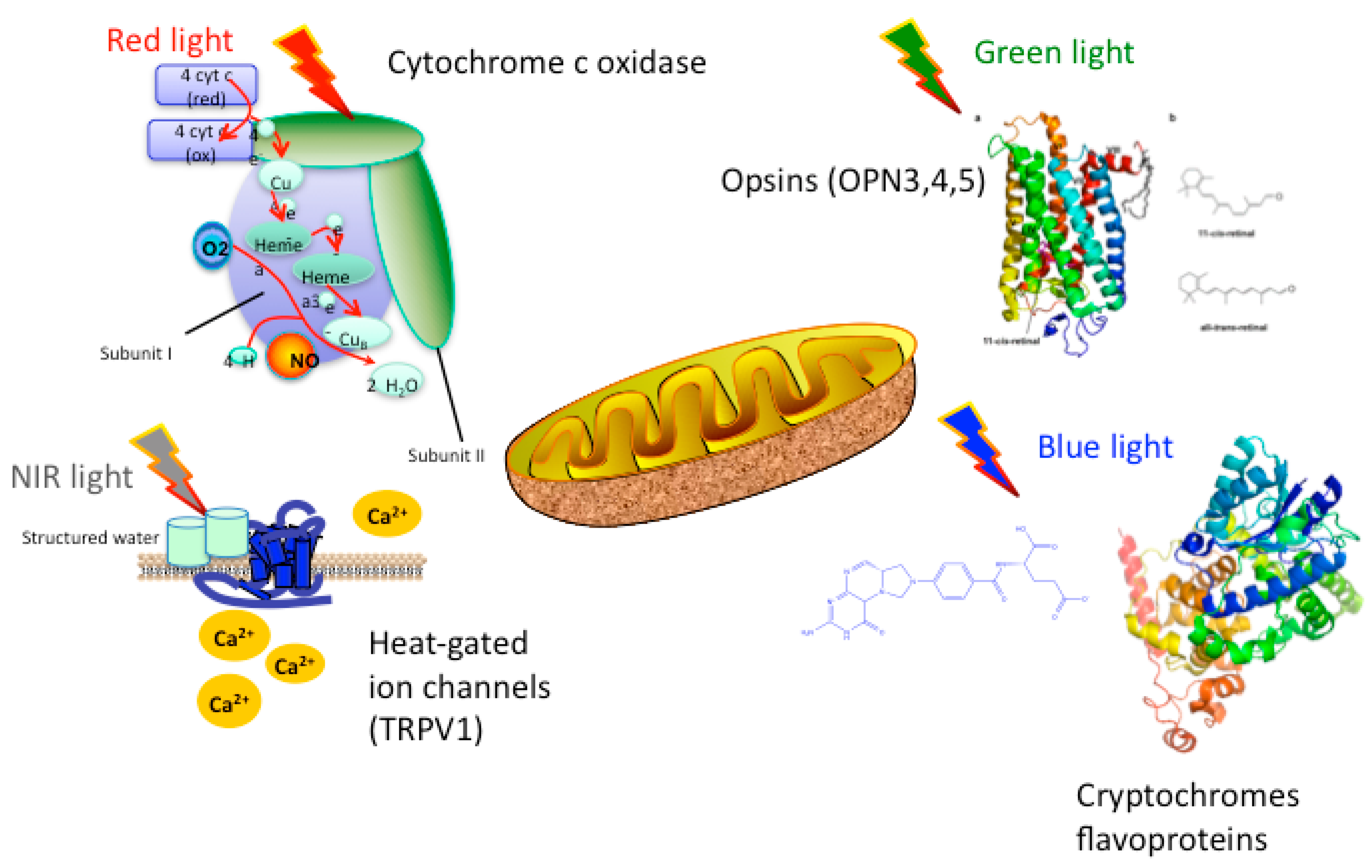Getting My Photobiomodulation To Work
Wiki Article
The 20-Second Trick For Photobiomodulation
Table of ContentsPhotobiomodulation Can Be Fun For EveryoneThe 30-Second Trick For Photobiomodulation8 Easy Facts About Photobiomodulation ExplainedExcitement About Photobiomodulation
Laser therapy is a clinical therapy that utilizes focused light to promote a process called. Throughout PBM, photons get in the cells and interact with the cytochrome c complicated within mitochondria. This interaction activates a biological waterfall of events that leads to an increase in cellular metabolic process, which can as well as speed up the recovery process.There is agreement that the application of a therapeutic dose of light to impaired or useless tissue brings about a cellular reaction mediated by mitochondrial systems. Photobiomodulation. Researches have shown that these adjustments can impact discomfort and inflammation, along with, tissue repair service
Changes in ATP, responsive oxygen varieties and nitric oxide adhere to light absorption by Cc, O. These effects are redox state and dosage dependent. In hypoxic or otherwise stressed out cells it has been revealed lot of times that complying with, nitric oxide is launched, ATP is raised and oxidative anxiety is minimized [27-31]

Photobiomodulation Things To Know Before You Buy
PBM tools have actually been gotten rid of for advertising and marketing by FDA via the Premarket Notification/510( k) process as adjunctive devices for the short-lived alleviation of pain. These clearances were based on the discussion of medical information to support such claims (Photobiomodulation). In this therapy, a light source is put near or touching the skin, allowing the light power (photons) to pass through cells where it engages with chromophores found in cells causing photophysical and photochemical modifications that result in modifications at the molecular, cellular and tissue levels of the bodySurprisingly, current research study indicates that light can improve performance in typical tissues and cells. The potential applications of PBMT are many and are being explored experimentally at the fundamental scientific research, pre-clinical and medical degree. The present professional uses are for the alleviation of discomfort and swelling and the treatment of sporting activities injuries.

The therapy criteria and variety of sessions needed for PBMT are reliant upon location and cause. PBMT usually requires greater than one therapy for optimal discomfort alleviation. It may take several treatments for the results to become evident. reports that it can take anywhere from 8 to 30 sessions for a therapy to be completely reliable, and some people find it required to go through treatment two to four visit our website times per week.
7 Simple Techniques For Photobiomodulation
Treatment parameters for PBMT were originally developed using cells in vitro and in tiny animal designs. These therapy specifications typically had a reduced irradiance and fluence and functioned well for cutaneous applications. Nevertheless when medical professionals started to utilize PBMT to deal with frameworks that were situated deeper in the body, they used these criteria with unfavorable outcomes.
We currently recognize that these negative research studies were due to inaccurate tool and therapy parameters for transcutaneous therapy of much deeper frameworks. Recent developments in laser treatment gadgets and even more research into the suitable does have drastically improved the outcomes of PBMT. For dealing with deep tissues, the wavelength of light utilized figures out the deepness of penetration into a tissue.
As a result, it is vital that a clinician makes basics use of the ideal wavelength of light and criteria to deal with a problem. One wavelength and one collection of therapy specifications will certainly not be efficient for all problems. Adverse adverse effects have actually not been reported from making use of PBMT (Photobiomodulation). Upgraded June 27, 2016Juanita j
Light treatment is a non-invasive treatment that functions by boosting the capability of the cell to produce energy (ATP) to heal the area being dealt with. As an outcome, it can lower swelling, swelling, and discomfort in the area. Research study in this field is broadening, with even more comprehensive study documents linked below for those that want to find out more.
An Unbiased View of Photobiomodulation
In the very first experiment, Dr. Endre Mester, utilized shaved rats and observing just how the laser affected their capacity to grow hair compared to the team that was not receiving LLLT. He discovered that the team of mice getting LLLT were able to expand their hair back faster than the team of computer mice that didn't get LLLT (Hoon C, et alia; 2012).This treatment is termed pop over here this method to set apart the difference in between the lasers some careers make use of to reduce (eg. Low-level light therapy is pain-free, non-invasive therapy.
LLLT has a biphasic feedback, implying that lower doses are usually seen to be more advantageous than higher doses. That being stated, doses higher or less than the ideal dosage does not affect (Hoon C, et al; 2012). Therefore, it can be difficult to have studies on LLLT with a lot of criteria.
Some firms combined both (LED and laser) to offer a more all-around treatment considering that lasers can pass through much deeper than LED and infrared light (Norman Doidge, The Mind's Means of Recovery, 2015). During therapy, the location that is being treated is revealed to LED light from a Biography, Flex Laser, which is at 660 nm wavelength, complied with by infrared light at 830-840 nm wavelength.
Report this wiki page